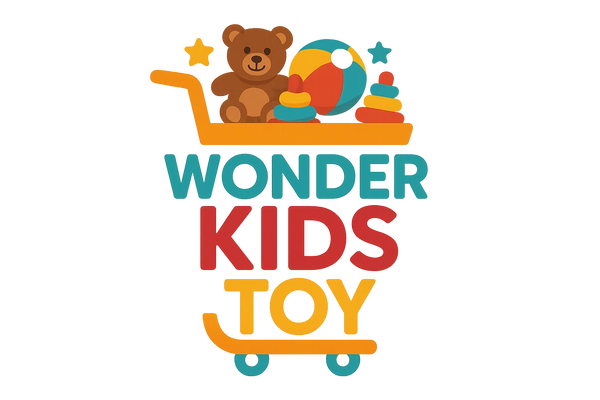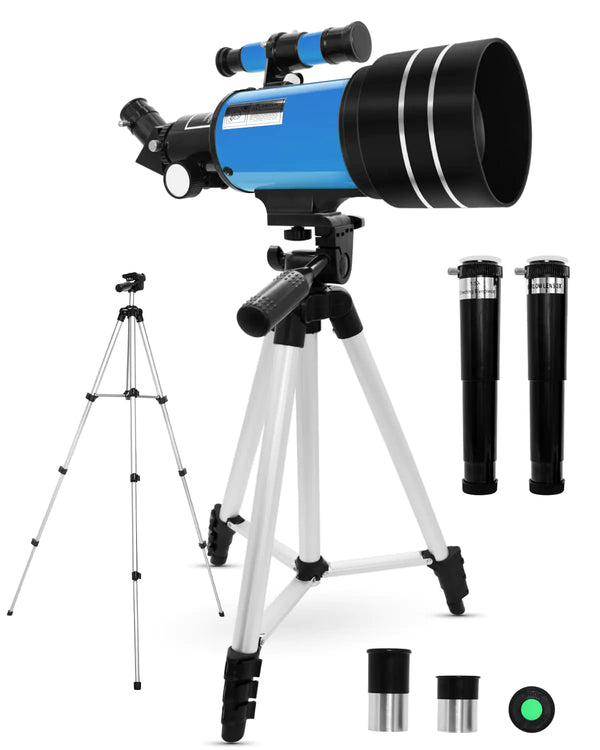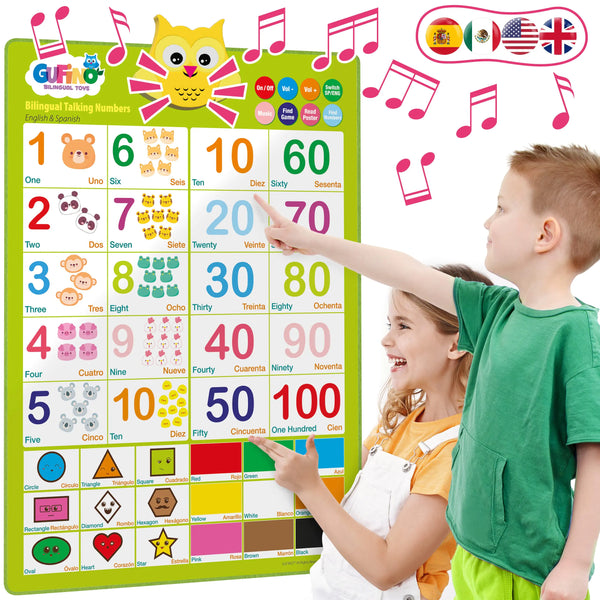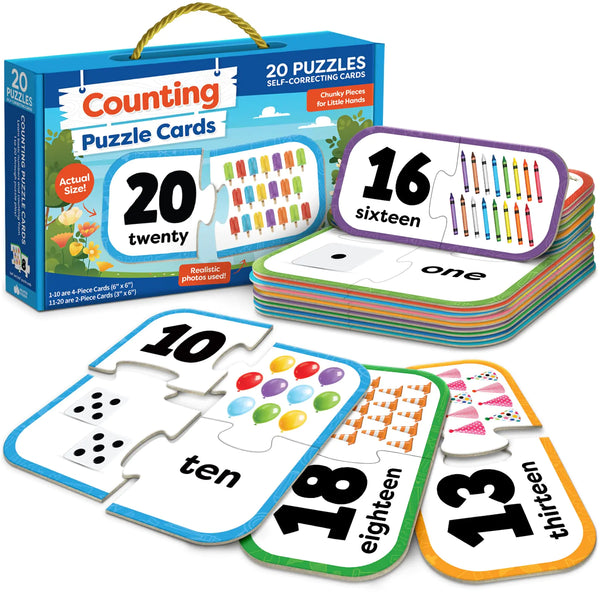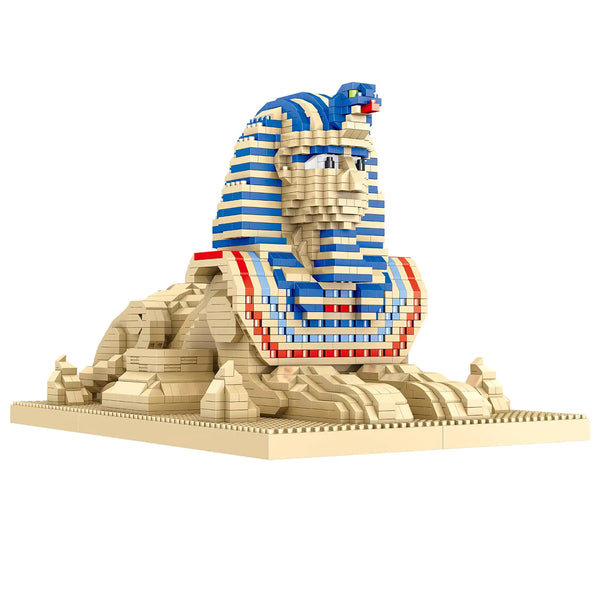Welcome to the wonderful world of musical toys! Choosing the right toy for your little one can be a delightful adventure. This guide is designed to help you understand the benefits of musical toys and how they can stimulate your toddler's development. We'll explore everything from rattles to xylophones, ensuring you find the perfect way to encourage musical creativity and fun in your child's early years. Get ready to discover how these toys can help develop their musical potential and bring joy to your home!
Introduction to Musical Toys
What are Musical Toys?
So, what exactly are musical toys? They're toys that produce different sounds or melodies, often mimicking musical instruments. Think of a vibrant xylophone with colorful bars, a tambourine that jingles with every shake, or a drum that lets your toddler create their rhythms. These toys are designed for babies and toddlers, often made with safe, durable materials that can withstand little hands. A musical toy is more than just something to keep a child entertained; it's a learning toy that introduces them to the world of music. From a simple music box to a selection of musical instruments, there's a perfect toy out there to capture your child's imagination and help develop his or her musical ear.
Importance of Music in Early Development
Music plays a crucial role in early childhood development. Exposing babies and toddlers to music can profoundly impact their cognitive and emotional growth, even through simple musical toys. Music can help develop their musical abilities and language skills. The rhythm and melody of songs can help develop their musical abilities, making it easier for them to pick up new words and sounds. But it's not just about academics. Music can also soothe a fussy baby, provide a sense of comfort, and promote self-expression. Whether banging on a drum or shaking a rattle, musical toys help children explore their creativity and develop an understanding of rhythm from a young age.
Benefits of Using Musical Toys for Toddlers
The benefits of musical toys for toddlers are vast and varied. Firstly, they enhance motor skills and coordination. Grasping a rattle, banging a drum, or pressing keys on a keyboard all require precise movements that help refine motor skills. These activities also improve hand-eye coordination as your toddler learns to connect his or her actions with the sounds they create. Secondly, musical toys stimulate sensory development. These toys' different sounds, textures, and colors provide a rich sensory experience that helps children explore and understand the world around them. Finally, these learning toys foster cognitive development by introducing concepts like cause and effect, rhythm, and melody. A child's musical toy can also encourage musical exploration!
Types of Musical Instruments for Toddlers
Exploring Baby Musical Instruments
When your little one is very young, from birth to around 12 months, the best musical instruments are safe, easy to grasp, and produce gentle sounds. These baby musical instruments help stimulate their auditory and sensory development without overwhelming them. Think rattles with soft jingles, small, lightweight tambourines that they can shake, or a simple music box that plays a soothing melody. These aren't just toys; they're tools to introduce your baby to the world of music and rhythm. They help develop their musical awareness from the start, fostering a love for music that lasts a lifetime. These musical toys for toddlers should be carefully chosen to ensure safety and suitability for very young children.
Popular Music Toys for Toddlers
As toddlers grow, typically around 18 months and beyond, their musical exploration can expand to include more complex instruments. Popular music toys for toddlers include xylophones, small drums, and keyboards for little hands. These instruments allow toddlers to experiment with different sounds and rhythms, helping them develop their musical skills and sense of rhythm. A xylophone, for instance, lets them create various sounds, while a drum encourages them to explore rhythm and beat. These musical toys for toddlers encourage creativity and self-expression. They provide a fun and interactive way for young children to learn about music and stimulate their cognitive development while having a delightful time.
Choosing the Right Musical Instrument for Your Child
Choosing the right musical instrument for your child involves considering his or her age, developmental stage, and interests. For young children, focus on baby musical instruments that are safe and easy to handle. Introduce more complex toys that challenge their motor and cognitive abilities as they grow. A child's musical toy should be durable and appropriate for his or her age group. Also, pay attention to what your child enjoys. A drum set might be perfect if he or she loves banging things. A keyboard or xylophone could be a hit if he or she is fascinated by melodies. The goal is to encourage musical exploration and make learning fun, helping toddlers develop their musical potential in a supportive and enjoyable way with various types of musical toys.
Features of Engaging Musical Toys
Sensory Experience with Musical Instruments
The best musical toy isn't just about sounds; it's about the sensory experience it offers babies and toddlers. Think about a vibrant xylophone with colorful bars or a drum with different textures. These musical toys for toddlers stimulate multiple senses at once. The auditory experience is obvious, with other sounds and melodies captivating a little one's attention. But don't underestimate the importance of tactile sensations. A tambourine with a textured handle, or a rattle with raised patterns, provides tactile input that enhances sensory development and encourages kids to explore. These sensory details contribute to a richer, more engaging play experience. A child's musical toy can be very educational.
Learning through Play: Educational Aspects
Musical toys for toddlers are more than just sources of fun; they are valuable learning toys that can enhance a child's cognitive development. Introducing a selection of musical instruments teaches children about cause and effect. Pressing a key on a keyboard produces a note, shaking a rattle makes a sound, and banging a drum creates a rhythm. These simple actions help toddlers understand how their actions influence their environment. These learning toys also help develop their musical abilities and introduce them to basic musical concepts like rhythm, melody, and musical notes. By playing with musical toys, toddlers develop their problem-solving skills, hand-eye coordination, and memory, all while engaging their imagination.
Durability and Safety Considerations
When choosing a musical instrument or toy for your little one, durability and safety should be top priorities. Babies and toddlers explore the world with their mouths, so ensure that the toy is made from non-toxic materials and has no small parts that could be a choking hazard. Look for a child's musical toy designed for babies and toddlers that is sturdy enough to withstand rough handling. Musical toys for toddlers made from high-quality plastic or wood are often the best options. Also, check for smooth edges and rounded corners to prevent any accidents. A safe and durable toy will provide hours of musical fun while giving you peace of mind. Rhythm instruments have to be sturdy!
Popular Toddler Musical Toys
Drums and Percussion Instruments
Drums are a classic choice for toddlers, and for good reason! They provide an immediate and satisfying way for a little one to explore rhythm. Banging on a drum is a great way to develop their motor skills and coordination, allowing them to express themselves creatively. Look for drums designed for babies and toddlers, made from durable materials that can withstand enthusiastic drumming. Percussion instruments like tambourines, bells, and shakers are also fantastic options. These musical toys for toddlers introduce different sounds and textures, stimulating their sensory development and encouraging musical exploration. A child's musical toy that allows them to create their beats is a surefire hit!
Xylophones: A Colorful Introduction to Music
Xylophones are another excellent choice for musical toys for toddlers. The vibrant colors and clear, distinct musical notes make them visually and aurally appealing. Playing a xylophone helps develop their musical abilities and hand-eye coordination. As they strike each key with a mallet, they learn about cause and effect and associate different colors with pitches. Look for a sturdy and safe xylophone, made from non-toxic materials with smooth edges. This learning toy is a delightful way to introduce the concept of melody and harmony to young children, encourage musical creativity, and allow children to explore music.
Rattles and Tambourines: Fun and Interaction
Rattles and tambourines are classic baby musical instruments. Rattles are perfect for babies around 12 months old, as they are easy to grasp and shake, helping to develop their motor skills and coordination. A tambourine is a step up, encouraging them to explore different rhythms and sounds. These musical toys for toddlers are not only fun but also promote interaction. Parents can shake a tambourine along to a song, encouraging their little one to join in and develop their musical awareness. These musical toys for toddlers help create their musical abilities early.
Encouraging Music Play at Home
Creating a Musical Environment for Your Toddler
Creating a musical environment for your toddler is easier than you might think. Start by filling your home with a selection of musical instruments and musical toys for toddlers. This doesn't mean you must invest in a complete drum set or a grand piano. Simple instruments like a xylophone, a tambourine, a rattle, or a set of maracas can provide endless hours of musical fun. Play music regularly, exposing your child to various genres and styles. Sing songs, make silly tunes, and dance around the living room. The goal is to create an atmosphere where music is valued and enjoyed, encouraging your child to explore his or her musical interests.
Integrating Music into Daily Activities
Integrating music into daily activities is a great way to make music a natural part of your toddler's life. Sing songs during bath time, play upbeat music while getting dressed, and create a calming playlist for bedtime. Use music to transition between activities, signaling it's time to clean up or get ready for a nap. You can also incorporate musical elements into playtime. Bang on pots and pans to create a makeshift drum set, or use empty boxes to build a pretend stage for performances. This makes everyday routines more enjoyable, helps develop their musical abilities, and encourages musical exploration and self-expression.
Tips for Engaging with Your Child’s Musical Interests
To truly nurture your child's musical interests, pay attention to what he or she enjoys. If they are drawn to a particular instrument or type of music, provide opportunities for them to explore it further. If they love banging on drums, consider investing in a small drum set designed for toddlers. A keyboard or xylophone might be a good choice if they are fascinated by melodies. Attend children's concerts or musical workshops together.
Most importantly, be supportive and encouraging, even if their musical efforts sound more like noise than music. The goal is to foster their love of music and help develop their musical potential in a fun and supportive environment. A child's musical toy should be fun!

